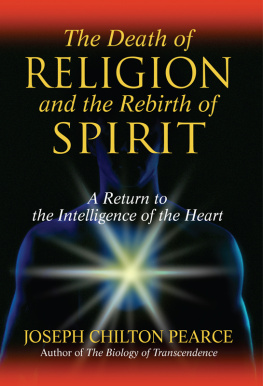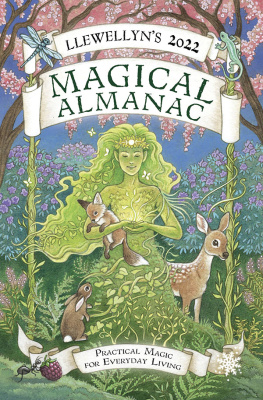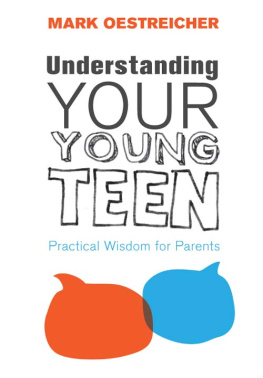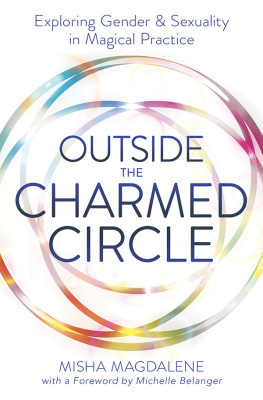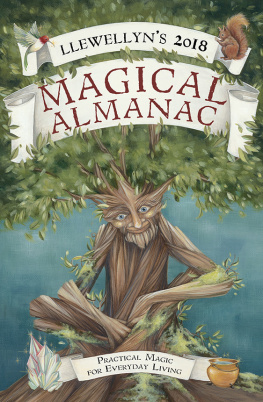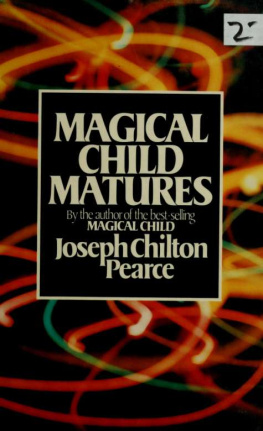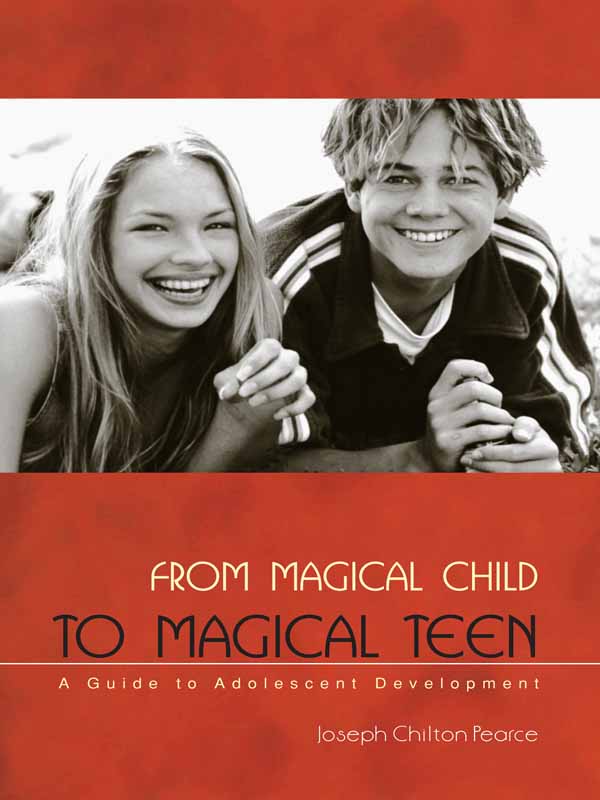FROM MAGICAL CHILD
TO MAGICAL TEEN
A Guide to Adolescent Development
Joseph Chilton Pearce

Park Street Press
Rochester, Vermont
Park Street Press
One Park Street
Rochester, Vermont 05767
www.InnerTraditions.com
Park Street Press is a division of Inner Traditions International
Copyright 1985, 2003 by Joseph Chilton Pearce
Illustrations 1985 by Mary Ann Purcell and Shane Conroy, Melbourne, Australia.
First U.S. edition published by E.P. Dutton, Inc., in 1985 as Magical Child Matures
Epigraph from Collected Poems 19301976 by Richard Eberhart. Copyright 1976 by Richard Eberhart. Reprinted by permission of Oxford University Press, Inc.
All rights reserved. No part of this book may be reproduced or utilized in any form or by any means, electronic or mechanical, including photocopying, recording, or by any information storage and retrieval system, without permission in writing from the publisher.
Library of Congress Cataloging-in-Publication Data
Pearce, Joseph Chilton.
Magical child matures.
Bibliography: p.
Includes index.
1. Child psychology. I. Title.
BF721.P3618 1985 155.4 84-25886
ISBN 0-525-24329-1
ebook ISBN 978-1-5947-7572-7
ISBN of current title:
From Magical Child to Magical Teen: ISBN 0-89281-996-0
Printed and bound in the United States at Lake Book Manufacturing, Inc.
10 9 8 7 6 5 4 3 2 1
For Chidvilasananda and Nityananda
teachers, models, guides, and friends

If I could only live at the pitch that is near madness
When everything is as it was in my childhood
Violent, vivid, and of infinite possibility:
That the sun and moon broke over my head.
Then I cast tine out of the tress and the fields,
Then I stood immaculate in the Ego;
Then I eyed the world with all delight,
Reality was the perfection of my sight.
And time has big handles on the hands,
Fields and trees a way of being themselves.
I saw battalions of the race of mankind
Standing stolid, demanding a moral answer.
I gave the moral answer and I died
And into a realm of complexity came
Where nothing is possible but necessity
And the truth wailing there like a red babe.
R ICHARD E BERHART
C OLLECTED P OEMS 19301960
N EW Y ORK , O XFORD U NIVERSITY P RESS , 1960
Contents
Acknowledgments
Thanks to Marilyn Fergusons Brain/Mind Bulletin for its endless flow of information. Thanks to the many people who have sent research papers in response to my lectures and workshops. Thanks to Minas Kafatos for his criticism and help with the section on physics. Thanks to Laurence Becker for his interest and for sending me the poem by Richard Eberhart, and to Oxford University Press for permission to use that poem here. Thanks to Bill Whitehead for his enormous help in editing this manuscript. Thanks to copy editor Raymond Van Over for his helpful suggestions. My greatest thanks to my meditation teachers, to whom I have dedicated this book, and to their worldwide SYDA Foundation for all the kindness extended to me. For interested readers, the U.S. address for this organization, devoted to teaching meditation, is:
The SYDA Foundation
P.O. Box 600
South Fallsburgh, New York 12747-5313
(845) 434-2000
www.siddhayoga.org
Foreword
Blueprint for the Magical Teen
There are some books that are published before their time. Joseph Chilton Pearces From Magical Child to Magical Teen, which explores natures blueprint for the ideal development of the individual during his or her teenage years, is one of these books. In 1985 when the book was first published under the title Magical Child Matures, the more esoteric nature of adolescent developmentwhat Pearce defines as post-biological developmentwas something society was not willing to embrace to the degree that exists today. Words taken from Eastern religion that have now attained a certain degree of familiarity, such as kundalini and shakti, were incomprehensible to many, as were the concepts behind them. More important, though, is that a far greater number of people are now willing to accept that Spirit is the core of human experience, a core that awakens and enjoys great growth during the teen years.
Unfortunately, the behaviorist models that still hold sway in many childcare and educational systems stifle this stage of development and cause many teenagers to miss the ideal window created by nature to shift their minds into higher consciousness. Given that we live in a time when school massacres by teenagers are no longer isolated events, it would appear that the consequences of our alienation from the natural order of growing up is spawning deadlier consequences than mere post-adolescent angst. The need for a book that explores the spiritual part of adolescent development has thus grown exponentially.
Nature requires the first fifteen years of human life to prepare the body to shift from the concrete cognitive logic established by its biological development to a more open-ended nonphysical consciousness. This post-biological development of adolescence unfolds directly out of the earlier biological process of early childhood and, in effect, repeats the exact same course of development, just on a new level. Pearce, therefore, has necessarily provided in this book a thorough and substantive exploration of the development of the brain that occurs from birth to age seven. In the second half of the book he then delves into the unique aspects of the second stage of developmentthe adolescent years. This is the crucial stage when consciousness turns outward and the individual becomes aware that he or she is part of something larger.
As sages have taught over the ages, the human beings creative potential will unfold naturally provided the necessary nurturing during childhood and stimulation during adolescence occur. Unfortunately, the great longing teens have to connect to their core nature is simply not adequately addressed by our current educational system. Conventional schools are poorly equipped to handle the blossoming of creative intelligence that naturally occurs during the teenage years. When a young person moves from concrete to abstract reasoning, it prompts the spiritual growth that nature schedules to take place at this stage of life, in the same way wisdom teeth are naturally scheduled to grow in around the age of eighteen. Ironically, many schools in our society tend to resemble prisons more than nurturing centers where learning can occur. Yet a young mind will still somehow manage to find the role models it requires to stimulate the development of its natural potential.
From Magical Child to Magical Teen offers a compelling guide for helping our teenagers achieve the intellectual and creative power that is the natural culmination of their earlier physical development. Those who do not get the chance to experience this power often report a lifetime of feeling that a golden opportunity was missed. As Pearce notes in his introduction, the biological development itself can unfold correctly only when it leads toward and prepares for the mature intellectual unfolding that takes place at puberty. The alarming rise in adolescent suicide (now the third highest cause of teenage deaths) and antisocial behavior can be traced to how far our educational and child-rearing methods have strayed from the natural process.


